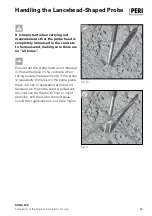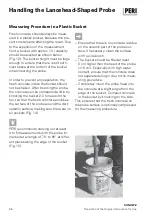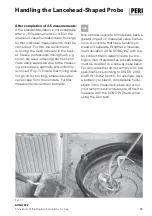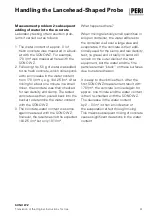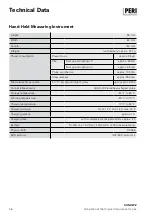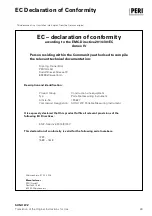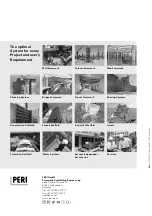
42
Handling the Lancehead-Shaped Probe
SONO WZ
Translation of the Original Instructions for Use
Measurement problem 3: sampling in
the concrete plant
Before filling the concrete into a truck mix-
er, a concrete sample was drawn directly
from a twin-shaft mixer into a bucket. The
concrete sample with a normally distributed
grading curve and a water nominal value
of 170 l/m³ was measured with the SONO
WZ, and 170 l/m³ was displayed as the
result.
A concrete sample quantity of 5 kg was
then kiln dried. The Darr value was deter-
mined to be 149 litres, i.e. there was a
difference of -21 litres from the SONO WZ
measured value of 170 l/m³.
What happened here?
Because it was mixed in a twin-shaft mix-
er without repeated continuous mixing in
the truck mixer, a high number of large
gravels were contained in the first sample
in the Darr sampling. These large gravels
have led to a significant error in the sam-
pling, as there were simply too many
large gravels in the sample, pulling the
Darr value down to 149 l/m³ (gravel has
no water content).
Consequently, the cement paste was very
high, which led to the SONO WZ deviat-
ing from the (actually wrong) Darr value. It
is natural to ask whether this was a disad-
vantage, as in this case the cement paste
had a water content value that was too
high (so it would not have become good
concrete).
The following table is intended to illustrate
the influence of large gravel during sampling:
one must take into account that a single
16/32 mm piece of gravel weighs between
10 – 50 g. If one assumes an average of
20 g per piece of gravel, the sampling pro-
cedure is much more important than it ini-
tially seemed.








